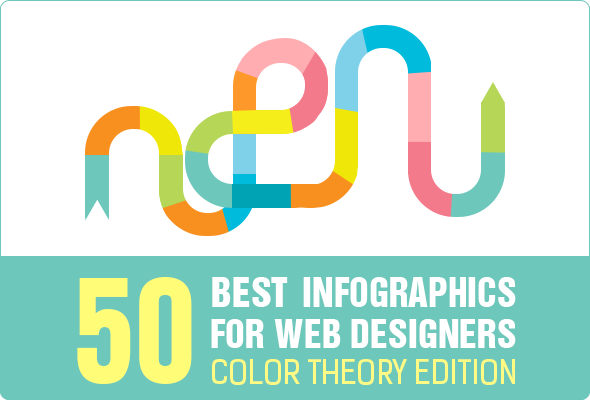Intrigued In Learning Just How Website Design Has Evolved? Check Out The Journey From Uncomplicated Layouts To User-Centric Strategies
Intrigued In Learning Just How Website Design Has Evolved? Check Out The Journey From Uncomplicated Layouts To User-Centric Strategies
Blog Article
Post Author-Dalrymple Vinson
In the past, web sites were simple and focused on info. Navigating was straight, and design was for desktop computers. Now, user experience is crucial. Data guides designs for very easy navigation. Responsive layouts match various gadgets. Today, dark setting reduces pressure, and minimalist menus enhance navigating. Interactive features engage users, and strong visuals stand apart. AI assimilation increases engagement. See just how layout has progressed to improve your online trip.
Very Early Days of Web Design
In the early days of website design, simpleness preponderated. Sites were basic, with minimal shades, typefaces, and layouts. The focus got on offering info as opposed to fancy visuals. Individuals accessed the internet via slow dial-up links, so rate and performance were essential.
Navigating menus were straightforward, typically situated at the top or side of the page. Websites were developed for computer, as mobile browsing had not been yet common. Material was king, and designers prioritized simple readability over complex design elements.
HTML was the main coding language made use of, and developers needed to work within its restrictions. Computer animations and interactive functions were very little compared to today's standards. Web sites were fixed, with little dynamic material or tailored customer experiences.
Increase of User-Focused Style
With the evolution of web site layout, a shift towards user-focused layout concepts has come to be significantly prominent. Today, developing websites that prioritize individual experience is essential for involving site visitors and accomplishing company objectives. User-focused design entails understanding the needs, preferences, and actions of your target market to customize the internet site's design, content, and features as necessary.
Designers now perform detailed research study, such as customer surveys and use testing, to collect insights and feedback directly from users. This data-driven approach assists in creating user-friendly navigation, clear calls-to-action, and visually enticing user interfaces that resonate with site visitors. By placing the customer at the center of the layout process, websites can supply a much more individualized and pleasurable experience.
Responsive style has also emerged as a vital aspect of user-focused style, guaranteeing that internet sites are optimized for various tools and screen dimensions. This versatility enhances ease of access and functionality, dealing with the diverse methods individuals engage with sites today. In essence, the increase of user-focused layout signifies a shift in the direction of developing digital experiences that focus on the needs and expectations of the end user.
Modern Trends in Website Design
Explore the most recent patterns shaping website design today. One famous trend is dark setting layout, offering a smooth and modern-day look while lowering eye stress in low-light settings. Another crucial pattern is minimalist navigation, simplifying food selections and enhancing individual experience by focusing on essential elements. Integrating micro-interactions, such as computer animated buttons or scrolling results, can produce a much more interesting and interactive site. https://pamplinmedia.com/pt/11-features/550789-440887-daily-life-esperanza-spalding-plays-at-new-east-portland-fest continues to be vital, making sure seamless individual experiences across various gadgets. Additionally, using strong typography and unbalanced designs can add aesthetic interest and accentuate certain content.
Incorporating AI modern technology, like chatbots for consumer support or individualized recommendations, enhances customer involvement and enhances procedures. Availability has also end up being a substantial fad, with developers prioritizing inclusive layout methods to satisfy diverse individual needs. Accepting sustainability by maximizing internet site performance for speed and effectiveness is another arising trend in web design. Collaborating with customer feedback and information analytics to iterate and improve design continuously is essential for staying pertinent in the ever-evolving electronic landscape. By accepting these modern fads, you can produce an aesthetically attractive, easy to use web site that resonates with your target market.
https://seo-website-design-servic95172.nizarblog.com/30029549/crafting-captivating-ad-copies-for-your-pay-per-click-strategies
As you assess the advancement of website layout from the early days to currently, you can see exactly how user-focused style has ended up being the driving force behind modern-day patterns.
Welcome the journey of change and adaptation in website design, constantly maintaining the user experience at the forefront.
Keep current with the latest patterns and technologies, and never quit evolving your approach to produce aesthetically stunning and easy to use web sites.
Develop, adjust, and produce - the future of website design remains in your hands.
